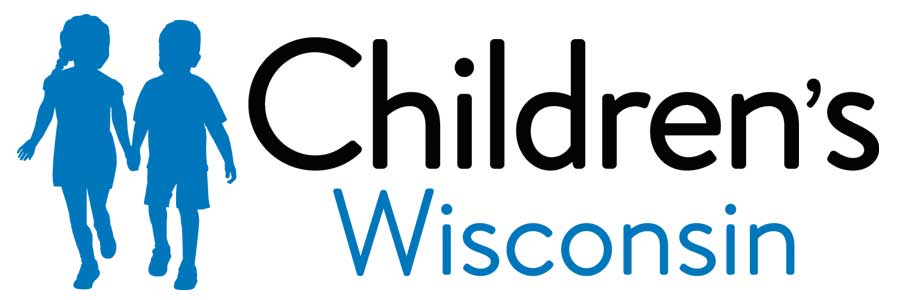Low phosphorus diet (1223)
Key points below
Why does my child need a low phosphorus diet?
Phosphorus is a mineral found in most foods. It helps the body in many ways, but, too much, can cause serious problems. People with high phosphorus levels are at risk for bone problems. They also may have red eyes and itchiness.
It can be very hard to limit phosphorus intake because it is found in so many foods.
Dairy, and other protein foods, have the most phosphorus. Because the body needs protein, we cannot keep phosphorus completely out of our diet.
What foods can my child eat?
Your child should eat only 1 serving of a dairy product each day. Your child should also eat only 1 age-appropriate serving of a protein food at 3 meals per day. Other high phosphorus foods should only be eaten once in a while. If your child is still hungry at meals, give more fruits, vegetables and starches. Do not give more meat or dairy.
What foods should my child limit?
Protein Foods (Eat 1 serving per meal)
Meat / Animal protein: Beef
Pork
Liver
Chicken
Turkey
Nuts/legumes
Nuts
Peanut butter
Other nut butters
Dried beans
Lentils
Other
Eggs
Fish
Duck
Dairy Products (Eat 1 serving per day)
Include cow’s milk, cheese, pudding, yogurt, and ice cream.
Phosphorus in other foods
Other high phosphorus foods that should be limited in your child’s diet include: corn, peas, whole grain foods, beverages with phosphoric acid and chocolate.
Phosphorus is also used as a preservative in many dried and pre-packaged foods. Look at the ingredient list for words that include “phos” to see if they contain phosphorus. If they do, they should be limited in your child’s diet. Some examples of phosphorus additives include:
- Phosphoric Acid (often found in soda)
- Tricalcium Phosphate
- Calcium Phosphate
- Monopotassium Phosphate
- Disodium Phosphate
- Pyrophosphate polyphosphates
What are some low phosphorus alternatives for my child’s favorite foods?
- Instead of milk products, choose rice milk, liquid non-dairy creamer
- Instead of cream soups, choose broth-based soups
- Instead of whole grain products, including whole wheat bread, brown rice, whole wheat pasta, choose refined grains, including white bread, white rice and regular pasta
- Instead of ready-to-eat or boxed rolls, pancake or waffle mixes, choose homemade rolls, pancakes, waffles
- Instead of peanut and other nut butters, choose jelly, jam, honey (not recommended for any child under the age of 1 year.)
- Instead of chocolate (candy bars, desserts), choose chocolate-free candy or treats
- Instead of colas and beverages with “phosphoric acid”, choose lemon-lime sodas, ginger ale, root beer, regular water* Honey is not recommended for any child under the age of 1 year.
Diet alone may not be enough to control phosphorus. In that case, a medicine called a phosphate binder may need to be taken with meals. The binder absorbs extra phosphorus from food. You can think of it as a “phosphorus sponge.” This medicine must be taken with your meals and snacks. If food is not in your stomach when you take the binder it is much less effective.
